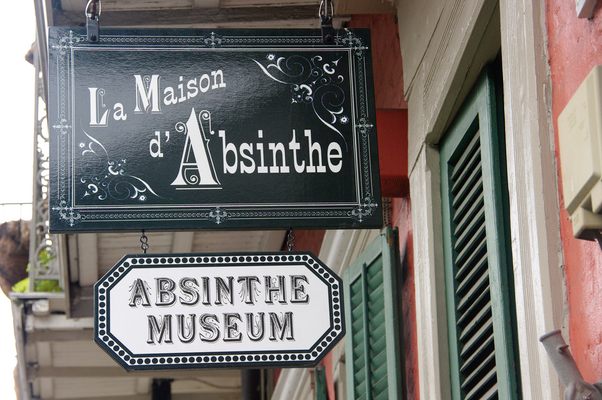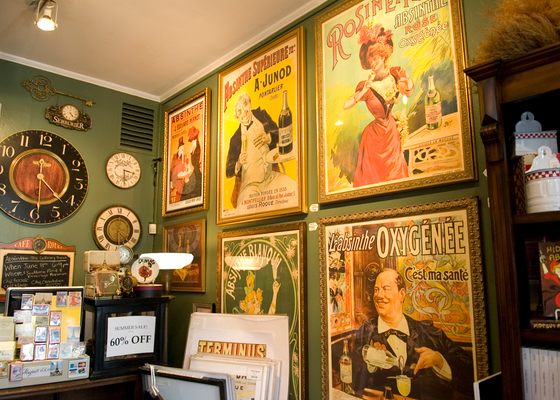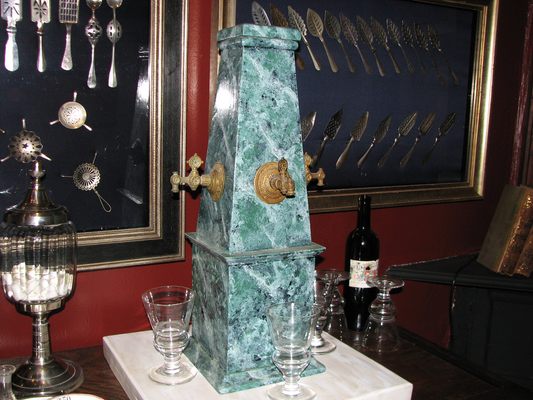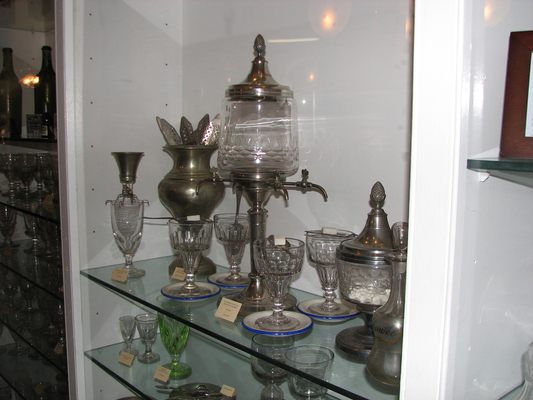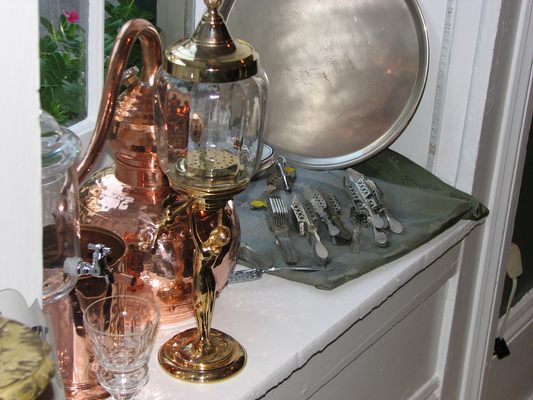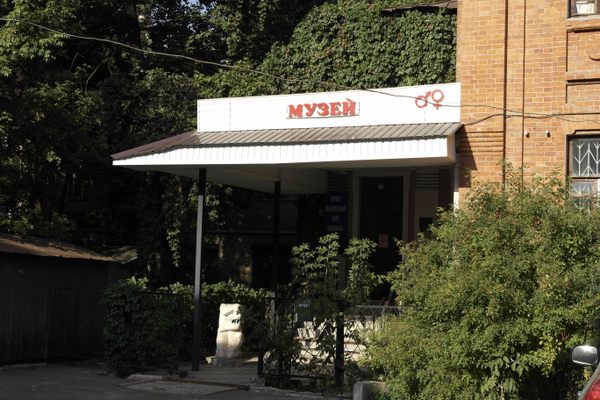About
Update 2017: The museum closed in 2010, but the majority of the collection moved to a permanent display in the Southern Food & Beverage Museum at 1504 Oretha C. Haley Blvd.
“The real characteristic of absinthe is that it leads straight to the madhouse or the courthouse. It is truly ‘madness in a bottle’ and no habitual drinker can claim that he will not become a criminal.”
- Henri Schmidt, a French Absinthe Prosecutor.
It was August 28th, 1905 and Jean Lanfray drank five litres of wine, six glasses of cognac, two crème de menthes, and one coffee laced with brandy. However, it would be his last two drinks of absinthe that would make the headlines. When Mrs. Lanfray refused to polish the incredibly drunk Monsieur Lanfray’s shoes, he shot and killed his pregnant wife and their two children, and then shot himself in the head. Incredibly, he was found the next day, conscious, hunched over the bodies of his family. Clearly this had been the work of “The Green Fairy”.
"The Absinthe Murders” as they were known, would be the last straw for the light green liquor. With the temperance movement going into full swing and absinthism (a concern about the effects of absinthe distinct from just alcohol) and alcoholism fusing into one idea, it was only a matter of time. The United States in 1912 and finally in France, 1915.
In New Orleans, the “little Paris of North America," absinthe was a large part of the culture. The Absinthe Museum in New Orleans is the "only museum of its kind in the U.S. being solely devoted to the preservation and education of absinthe," explores this connection as well as the general history of absinthe.
Divided into a "pre-ban" and "post-ban" room, the pre-ban area shows off the sheer amount of fancy paraphanalia associated with absinthe such as "100’s of absinthe spoons and glasses, numerous antique fountains, saucers, balanciers, brouilleurs, spoon and sugar holders, game pieces, absinthe bottles" as well as artwork related to absinthe.
The post-ban room is focused on the re-emergence of absinthe in other parts of the world after the American and French ban on the liqueur. One of the most interesting displays shows "close samples of various herbes used in the distillation process, as well as a step-by-step instructional layout explaining how absinthe is made."
The museum is located only a few blocks from the Old Absinthe House, the original New Orleans absinthe bar. Traditional absinthe was recently re-allowed into the United States, though they must be low-thujone or thujone-free (thujone being a wormword extract, though it has been shown that thujone was not an "active ingredient" in traditional absinthe's), such as the French Lucid Absinthe Supérieure.
Related Tags
Community Contributors
Added By
Published
February 23, 2010
